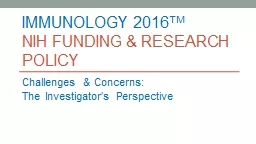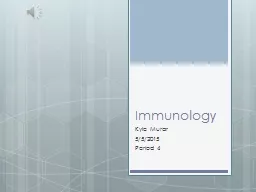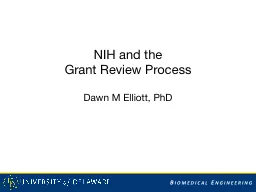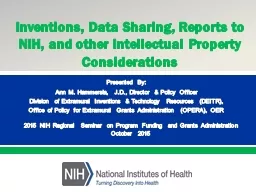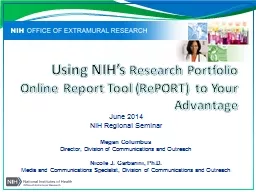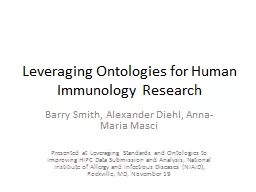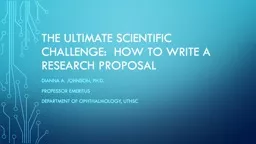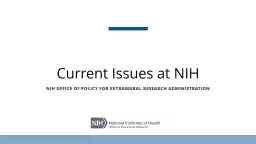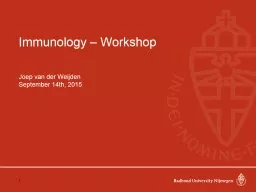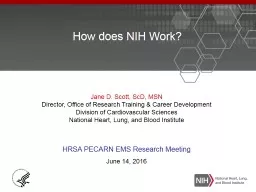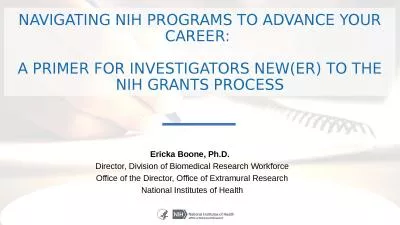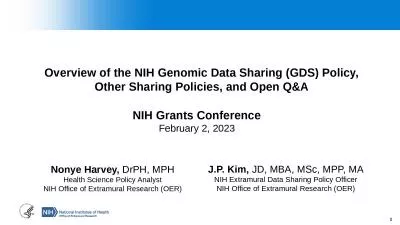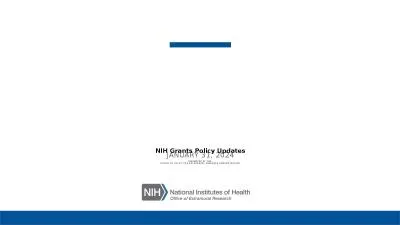PPT-IMMUNOLOGY 2016 TM NIH Funding & Research policy
Author : sherrill-nordquist | Published Date : 2018-02-04
Challenges amp Concerns The Investigators Perspective NIH Funding Priorities Investigators are confused Commitment to Basic Science Decrease in basic science grants
Presentation Embed Code
Download Presentation
Download Presentation The PPT/PDF document "IMMUNOLOGY 2016 TM NIH Funding & Res..." is the property of its rightful owner. Permission is granted to download and print the materials on this website for personal, non-commercial use only, and to display it on your personal computer provided you do not modify the materials and that you retain all copyright notices contained in the materials. By downloading content from our website, you accept the terms of this agreement.
IMMUNOLOGY 2016 TM NIH Funding & Research policy: Transcript
Download Rules Of Document
"IMMUNOLOGY 2016 TM NIH Funding & Research policy"The content belongs to its owner. You may download and print it for personal use, without modification, and keep all copyright notices. By downloading, you agree to these terms.
Related Documents

